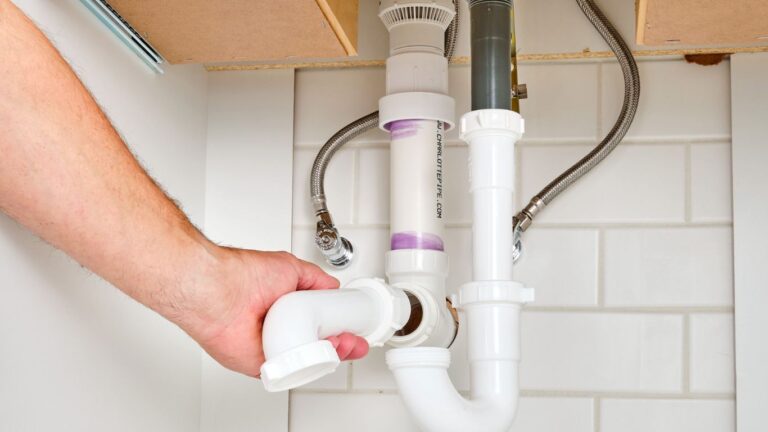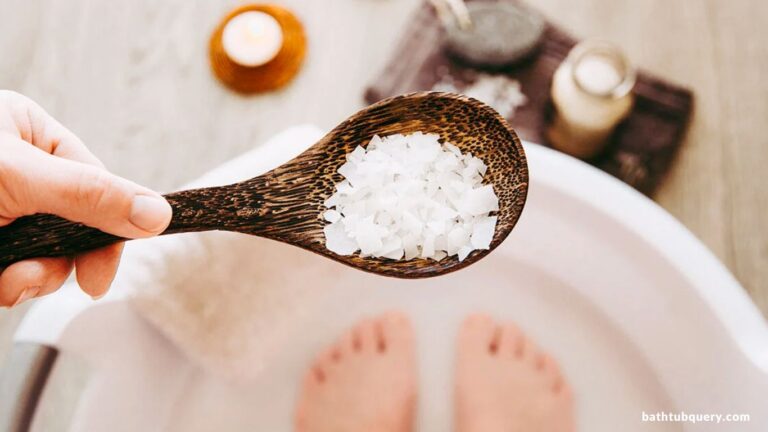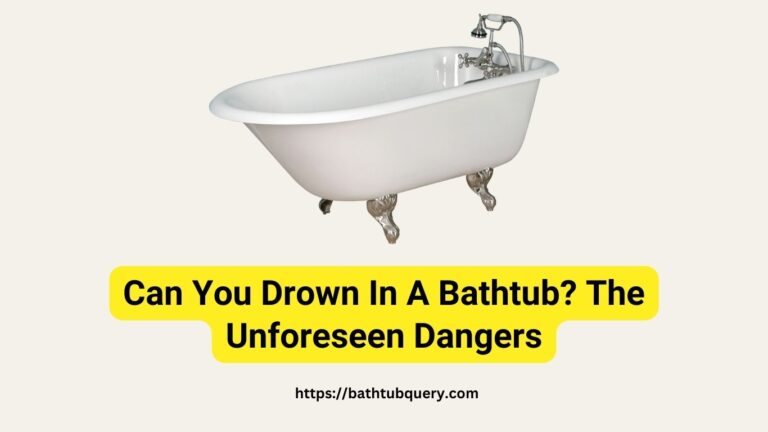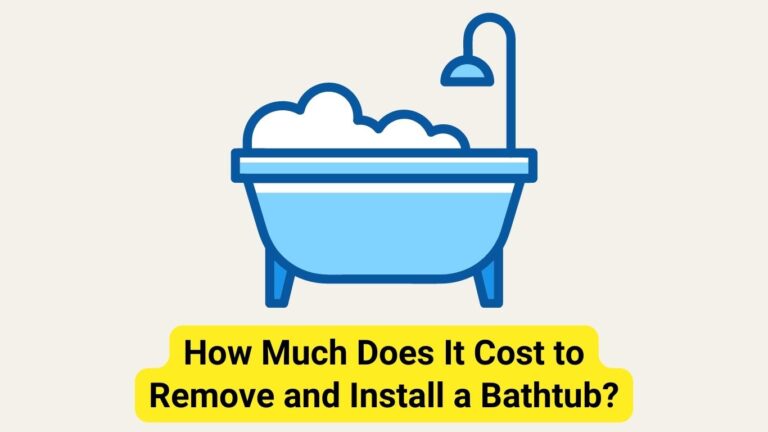Is Bathroom Tap Water Safe To Drink USA?
The short answer is yes, in most cases, the tap water from your bathroom sink is just as safe as the water from your kitchen faucet. However, there are some additional risks to consider before making bathroom tap water your go-to drinking source.
An Overview of Tap Water Safety Regulations in the US
To understand the potential risks of drinking bathroom tap water, it helps to first look at the laws and regulations governing tap water quality in the United States. The U.S. has one of the safest public drinking water supplies in the world, thanks to two landmark pieces of legislation:
- The Safe Drinking Water Act (SDWA), originally passed in 1974 and updated in 1996, is the key federal law regulating public drinking water quality. It is administered by the Environmental Protection Agency (EPA) and sets legal limits on the levels of major contaminants in the public water supply.
- The Clean Water Act (CWA), passed in 1972, regulates the discharge of pollutants into surface waters such as lakes, rivers and streams – which are sources of the public drinking water supply.
Under the SDWA, the EPA sets maximum legal limits for over 90 contaminants that may be present in public tap water, including microbes, disinfectants, disinfection byproducts, inorganic chemicals like arsenic and lead, and organic chemicals like pesticides. Public water systems are required to regularly test for these contaminants and treat the water to reduce any that are found to exceed the EPA’s allowable levels.
So in theory, your bathroom tap water should be free of unsafe levels of all major contaminants regulated under the SDWA, provided you have access to a properly maintained public water system. Many households in the U.S. get their water from public water utilities serving their city, town or county. Private well water is not subject to EPA oversight and may carry more risks.
Potential Risks of Drinking Unfiltered Tap Water
While U.S. tap water regulations protect the public from many dangerous contaminants, no public water supply is 100% pure. There are gaps in federal oversight, complexities around testing protocols, and the potential for pollution to enter water supplies from the source, treatment plants or distribution pipes.
Some key risks to consider regarding bathroom tap water:
- Lead contamination – Lead rarely originates in actual water sources but often leaches into tap water from lead service pipes, solder, and fixtures in older plumbing systems. Bathroom and kitchen tap water can both be affected. Chronic lead exposure is toxic, especially for children.
- Chlorine disinfectant – Added to tap water to kill bacteria, chlorine can impart an unpleasant taste and odor. While regulated to safe levels in public water systems, people who are sensitive report skin irritations, sinus issues, or breathing problems from chlorinated shower and tap water. Many choose to filter their water.
- Bacterial contamination – While overall rare in public water systems that disinfect their supply, bacteria like E. coli can enter tap water if the system’s treatment barriers fail. Bacteria are more likely to inhabit bathroom taps and pipes due to biofilms and infrequent use.
- Corroded pipes – Over time, metal water pipes can corrode and decay, leading to increased levels of contaminants like lead and copper in tap water from affected lines. Bathroom taps may be at greater risk in older homes.
So while bathroom tap water should meet federal safety standards, potential exposure to lead, chlorine, bacteria, and other impurities may still pose some health risks if consumed unfiltered over time. People seeking an extra layer of protection often turn to home filtration systems for their kitchen and bathroom taps.
Best Practices for Ensuring Bathroom Tap Water Safety
If you want to feel confident that your bathroom tap water is clean and pure enough to drink, consider these best practices:
Install Faucet-Mounted or Under-Sink Water Filters
Reverse osmosis, activated carbon block filters, or distillation systems designed to fit directly on the bathroom faucet or under the sink can significantly reduce contaminants for a safer drinking supply. Look for certified filters that specifically remove lead, chlorine, VOCs, cysts and other concerning tap water pollutants. Replace filters regularly per manufacturer recommendations, usually every 2-6 months.
Flush the Lines Before Drinking
Let the water run for 30-60 seconds before filling your glass or drinking directly from the tap, advises the CDC. This flushing helps clear out any contaminants that may have entered the water while sitting stagnant in your home’s pipes and plumbing. Keep in mind that this wastes a fair bit of water.
Avoid Certain High-Risk Scenarios
Don’t drink unfiltered tap water if you have lead service lines or pipes to your home, or live in an older home with corroded plumbing where contaminants are likely leaching into the supply. Don’t drink tap water after major plumbing repairs or interruptions in service that could introduce bacteria. If under a boil water advisory, don’t drink unboiled tap water. And don’t drink tap water when traveling in regions with inadequate sanitation.
Check the annual water quality reports.
Contact your local water utility to read annual water quality reports that detail detected levels of contaminants relative to EPA limits, note sources of drinking water, and outline required treatments. This can clue you into potential localized risks for your tap water.
Proper Precautions When Drinking Bathroom Tap Water
If you decide bathroom tap water seems safe enough to drink at your home based on taste, odor and what you know about your plumbing, some general precautions will help minimize any residual risks:
- Infants, young children, pregnant women, nursing mothers, elderly people, and those with compromised immune systems are most vulnerable to water contaminants. These groups should avoid unfiltered tap water.
- Let water flow for a bit first to flush pipes, and go for cold water, not hot – heat can quicken the leaching of lead and other contaminants from pipes.
- Don’t use water from bathroom taps near toilets or with signs of discoloration or poor flow – potential red flags for bacteria.
- Be attentive to changes in taste, smell or appearance in your tap water that could reflect new contamination risks.
Many impurities that end up in tap water originate within our own homes’ plumbing rather than coming from municipal treatment plants. So it comes down to knowing your pipes. If you live in an older home, your bathroom tap water may carry higher risks than in a newer building.
The Bottom Line: Is It Safe?
When it comes to quenching your thirst with a drink from the bathroom sink, is the risk low enough to justify the convenience?
For most modern households relying on properly maintained public water systems, drinking directly from the bathroom tap should pose minimal risks, though children and those with weakened immune systems are better off sticking to filtered water.
Bathroom tap water comes from the same municipal supply lines that feed kitchen taps, so contamination risks are essentially equal if your home’s plumbing is fairly new. Outdated pipes raise concerns, so consider installing faucet filters in older buildings.
During crises like natural disasters when tap water safety is compromised, or in regions lacking modern sanitation, bathroom sink water could pose serious health risks if ingested unfiltered. But under normal everyday circumstances, your bathroom faucet should provide water that is just as potable as the kitchen as long as you flush the lines first.
So go ahead and grab that quick sip from the bathroom sink when needed. But pregnant women and young children may want to keep filtered water on hand instead to be on the safe side. Be aware of your plumbing’s age, watch for changes in quality, and install faucet filters for peace of mind. With those basic precautions, bathroom tap water is perfectly safe to drink in the U.S.
Related articles:

William J. Bullock is a licensed plumber with over 15 years of experience installing and repairing bathtubs. He runs his own plumbing company in Greenville and serves residential and commercial clients. William is dedicated to providing honest, transparent advice to help homeowners make informed decisions about their bathroom renovations.
He has established expertise in selecting bathtubs, planning custom installations, diagnosing issues, and completing repairs. William aims to share practical tips and reliable recommendations based on extensive hands-on work. When he isn’t on a job site, William enjoys spending time with his family and volunteering at local community events. He takes pride in delivering quality service and enjoys helping people upgrade their homes.







